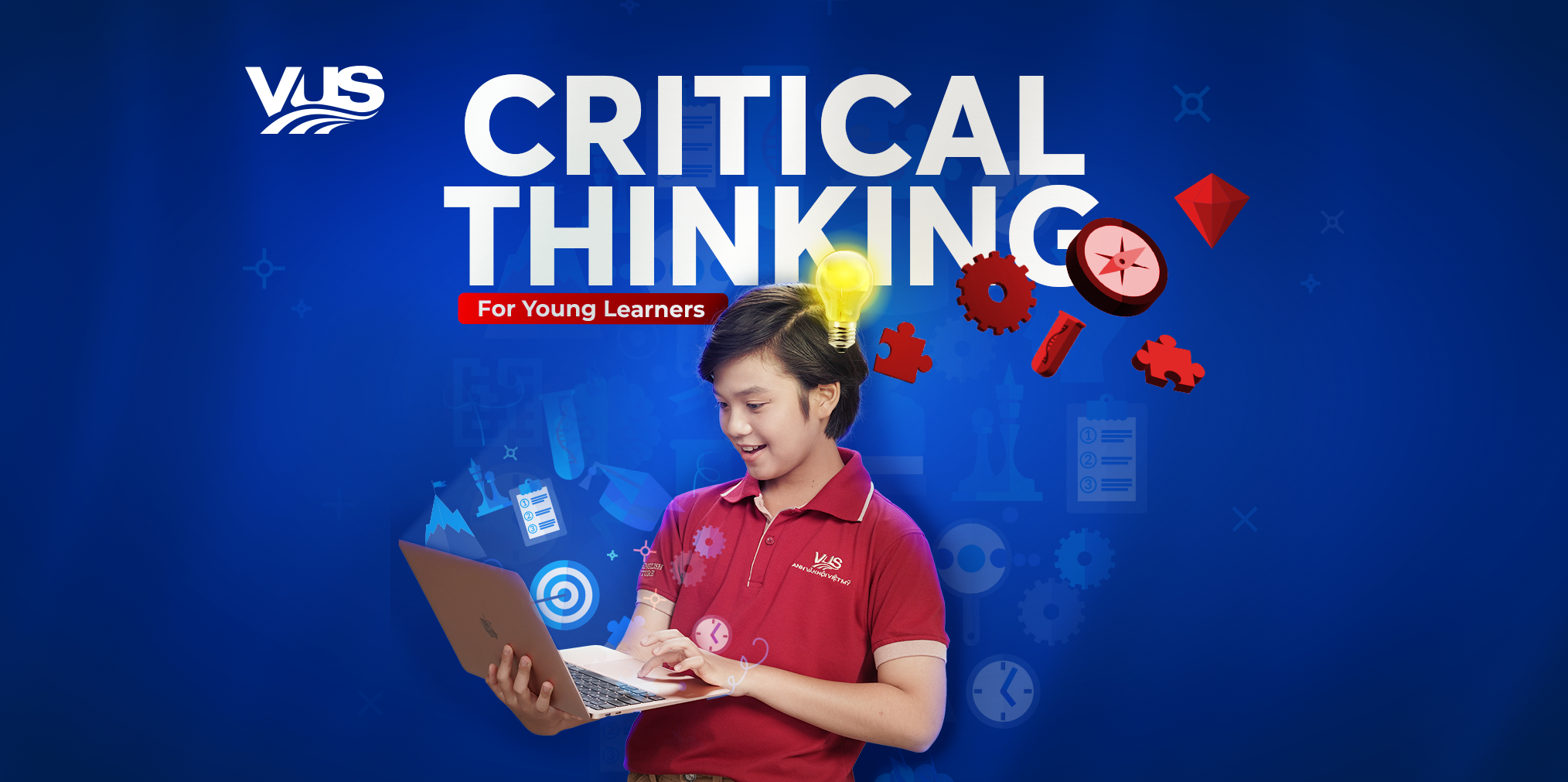I. I keep hearing about Critical Thinking… What is it?
Still not sure about critical thinking in the field of education? Critical thinking is more than just a buzzword; it’s a cornerstone of intellectual development that empowers young learners to navigate the complexities of the modern world. Put simply, critical thinking involves the ability to analyze, evaluate, and synthesize information to make informed decisions and solve problems effectively. In this post, we’ll go over the importance of developing this skill in your students and also provide some examples of how you can apply the principles in the classroom.
1. Here’s What You Need to Develop Critical Thinking Skills:
1.1 Analysis
Critical thinkers possess the ability to break down complex ideas into smaller components to understand their underlying meaning and significance. For example, in an ESL class, students may analyze the different elements in a photo and discuss their relationship with similar things that they already know.

1.2 Evaluation
Critical thinkers will assess the effectiveness, impact, or purpose of their topic of the day.
For instance, on a lesson about chores, students might rank different chores from the most difficult to the easiest. They can then compare their answers with their partners and discuss the differences in ranking.
1.3 Synthesis

Critical thinkers can integrate different perspectives, ideas, and information to create solutions and insights. In a group project, students may synthesize different research findings and viewpoints to develop a comprehensive understanding of a topic and propose creative solutions to real-world problems.
2. My Students Are So Young! Do They Need Critical Thinking Skills, Too?
Critical thinking is a fundamental skill that empowers young learners to become active participants in their own learning journey and prepares them for success in academic, professional, and personal pursuits. Here are some reasons why fostering critical thinking skills is crucial:
2.1 Enhanced Problem-Solving
Critical thinkers are equipped to identify challenges, analyze root causes, and develop effective solutions in various contexts, from solving math problems to addressing complex societal issues.

2.2 Improved Decision Making
By honing their critical thinking skills, young learners can make informed decisions based on evidence, reason, and thoughtful analysis, leading to better outcomes in both academic and real-life situations.

2.2 Empowered Citizenship

In an era of information overload and misinformation, critical thinking enables young learners to discern fact from fiction, think critically about media messages, and actively engage as informed citizens in a democratic society.
II. Bringing Critical Thinking to the Classroom
As educators, we play an important role in cultivating critical thinking skills among our students. Here are some practical strategies for incorporating critical thinking into the classroom:
1. Encourage Questioning
Foster a culture of inquiry by encouraging students to ask thought-provoking questions, challenge assumptions, and explore diverse perspectives. Encourage open-ended discussions and debates that promote critical thinking and active participation.

If your younger students are learning about megacities, you can prompt critical thinking with questions such as:
1) Compare: Is this city bigger than HCMC?
2) Evaluate: Is this city small, big or very big?
3) Relate: Do you live in a big city? What can you see in big cities?
Avoid simple yes/no questions as most of your students may just copy their neighbors without putting extra effort into it. Instead, try to use the 5W1H (who, what, where, when, why how) method to create more comprehensive questions.
2. Provide Real-World Contexts

Connect classroom concepts to real-world scenarios and current events to illustrate the practical relevance of critical thinking skills. Encourage students to apply critical thinking to analyze complex issues, evaluate evidence, and propose solutions to real-life problems.
For example, in a lesson about recycling, you can ask your students: What happens when we throw plastic in the sea? What happens when animals eat them?
3. “Not the answer”
This activity is useful for any multiple-choice question that requires critical thinking when the answer can’t be found directly in the text. Instead of trying to find the correct answer first, start with the choice that is absolutely not the answer. After your students have identified one of the wrong answers, go through the reasoning behind why it is incorrect before crossing it out.
Next, identify the distractor answer and reason out the tricky parts that make it incorrect. Eventually, your class will be left with just the correct answer, as well as confidence in their own understanding.
4. Give Your Students Time
Most importantly, make sure you have given your students enough class time to reflect on and consolidate their learning. Let them justify their answers and give them encouragement, creating a non-judgemental atmosphere where students feel confident.
By equipping young learners with the essential tools of critical thinking, we empower them to become lifelong learners, engaged citizens, and agents of positive change in an ever-evolving world. As educators, let’s embrace our role in shaping the future by fostering a culture of critical inquiry, intellectual curiosity, and creative problem-solving in our classrooms and beyond.
For the best English teaching job in Vietnam, look no further than VUS, the leader in English Language Teaching (ELT) in Vietnam with:
🔷 30 years of experience
🔷 80+ NEAS certified campuses nationwide
🔷 77,000+ students at all levels
🔷 3,000+ dedicated teachers and teaching assistants
Start your journey with VUS today by applying at: 🌏 https://teach.vus.edu.vn/


